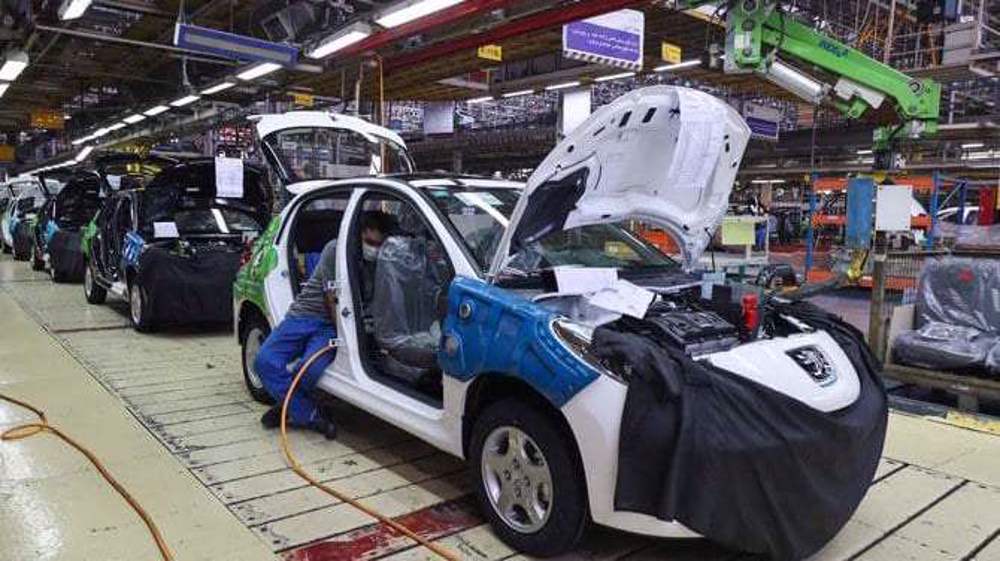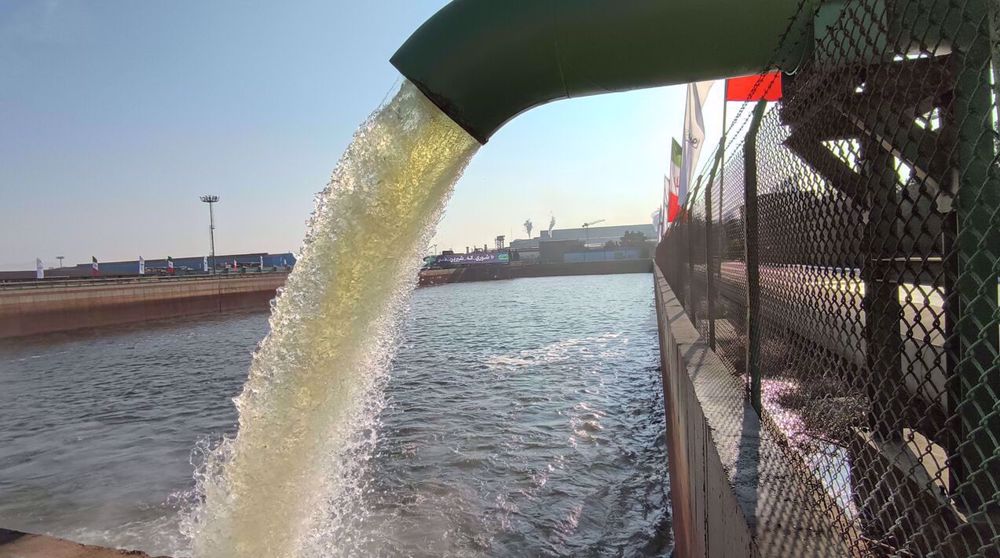Envoy: Iran mulls joint production of cars with Russia
Iran is considering joint production of automobiles with Russia, Iranian Ambassador to Russia Kazem Jalali has said, signaling a closer partnership between the two countries to thwart Western sanctions.
The two sides are discussing the issue, Jalali told reporters in Moscow, expressing hope that the plans would be realized.
Major Iranian automakers Iran Khodro and SAIPA, which participated in an auto parts exhibition in Moscow this past summer, have held talks with their Russian partners, he said.
Last month, president of the Association of Homogeneous Powertrain Industries and Parts Manufacturers Mohammadreza Najafi-Manesh announced that Moscow and Tehran had signed an MoU worth $300 million for Iranian car exports to Russia.
Iran Khodro, the Middle East’s leading automaker, is eyeing Russia’s large market which the Europeans have abandoned amid the raging Ukraine conflict, an official said in August.
The company’s first exports to Russia occurred notably between 2007 and 2009. Some Iran-made automotive components such as engine cooling systems, suspension and casting parts have been exported to the Russian market in recent years.
According to data from Russia’s Autostat agency, there were 10,400 Iran Khodro cars in Russia as of July 2022, which are represented by the Samand model - a Class C sedan car based on Peugeot 405.
The Ukraine war has upended car production in Russia which is the eighth-largest automotive market in the world. Several global manufacturers have halted deliveries to Russia, while others have been forced to pause production due to a lack of parts.
In May, Iran’s official news agency IRNA said a leading Russian automotive company had sounded out Iranian parts and equipment manufacturers on the possibility of supplying its production lines with required products.
Iran's auto sector has started standing on its own feet after years of reliance on imported car kits which foreign companies stopped supplying when the US reimposed sanctions on the Islamic Republic in 2018.
Iranian automakers picked up the slack after France’s Peugeot and Renault exited Iran along with other international companies in the wake of US sanctions which created a supply crunch which saw car prices vault to unprecedented highs.
The crisis forced Iran Khodro, Saipa and other companies to pool up local resources to produce Iranian-made vehicles, with the defense ministry joining in to manufacture some of the hi-tech parts which Iran used to import.
Last month, Venezuelan Minister of Transport Ramón Velásquez announced the shipment of 1,000 cars built in Iran to Venezuela, stating that they were among 80,000 requests registered for the products of an Iranian car manufacturer in his country.
“Russia and Venezuela are two good markets for Iranian car exports, and if the export conditions are met, we can find a suitable position in terms of car exports,” Mohammadreza Najafi-Manesh said then.
Western sanctions on Russia and Iran have prompted the two countries to boost cooperation in key areas to help prop up their economies.
Last week, Deputy Industry, Mining and Trade Minister Manochehr Manteghi said Iran and Russia were discussing joint production of passenger planes with a capacity of 70-150 seats.
Iran has also signed a contract with Russia to supply it with 40 turbines to help its gas industry amid Western sanctions, the ministry of petroleum’s Shana news agency reported in October.
Russia's President Vladimir Putin visited Tehran in July and called for stronger "long-term cooperation" between the two countries.
Hours before the visit, the National Iranian Oil Company (NIOC) and Russia’s Gazprom signed a “historic” deal worth $40 billion for joint investment in oil and gas projects.
NIOC’s Managing Director Mohsen Khojastehmehr said then the deal was the largest foreign investment commitment on record in the entire history of the Iranian oil industry.
Benin's armed forces foil coup attempt against President Talon: Authorities
Iran to develop advanced stealth missiles to counter Israeli systems: IRGC chief
Yemen opens trial for 13 people charged with spying for CIA, Israel
Egypt says Rafah will not be a channel for Palestinian displacement
Chinese Army calls on Japan to stop its ‘slanderous acts’ amid tensions
Iran’s mega water transfer and coastal industrial pivot
Majority of Americans oppose war on Venezuela
Missiles with strike radius beyond Persian Gulf length used in IRGC drill: Parl. speaker










 This makes it easy to access the Press TV website
This makes it easy to access the Press TV website